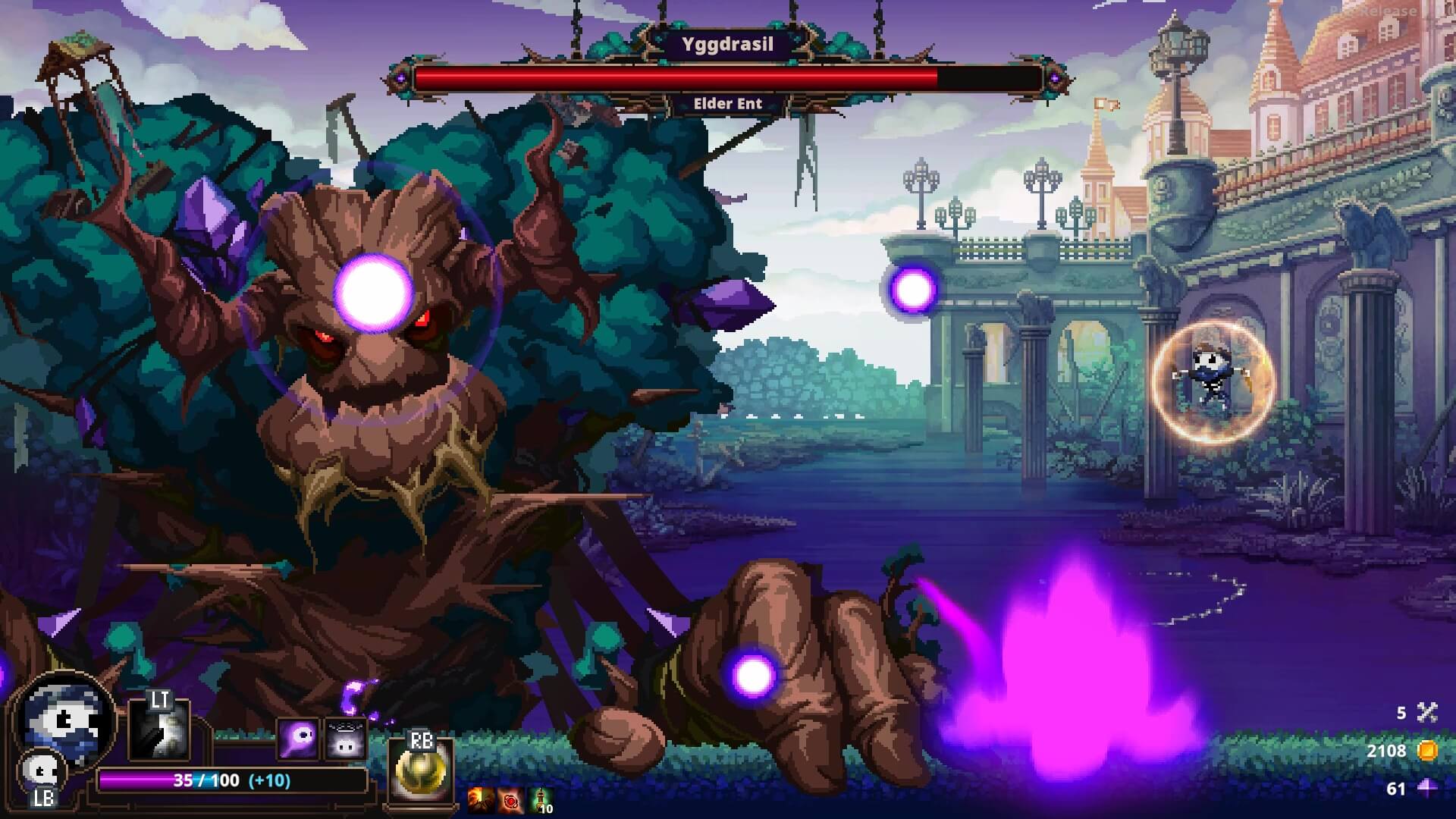
Melee soldiers, archers, mages, ents, and deformed experiments represent some of the game’s bestiary. Each of these locations has many of its own enemies and there’s a great amount of variety between the types you’ll encounter. For instance, the first is a forest, the second is the royal castle, the third is the castle’s dungeon, etc. Each act in Skul: The Hero Slayer takes place in a different location. There are no warps available, so you’ll be starting from the very beginning each time. I have to say though, that I got extremely sick of the whole hero versus demon king trope years and years ago, as it’s been beaten into the ground to the point of ridicule.Īs the game is a rogue-lite, play sessions are divided into individual runs with four chapters to get through. The storybook-style cutscenes are well done and decent for what they are as well. Everything is translated from Korean and is slightly awkward due to it, although not to the game’s overall detriment. The game’s story is primarily told via various cutscenes between acts and through snippets of dialogue.

The Demon King has been defeated and Skul, with the help of his fellow forces of darkness, sets off on a mission to strike back at the hero who slew his leader. Skul: The Hero Slayer tells the story of a small skeleton soldier in the Demon King’s army.

Its narrative can be generic and it can get old in some respects with a surprising degree of quickness, but it’s hard to not be impressed by its accomplishments.

Skul: The Hero Slayer is one of the few to actually accomplish these via excellent pixel artwork, tight gameplay, varied builds, and a steep level of challenge. Most games in the subgenre follow suit and don’t innovate much or successfully achieve their own identity. Fighting your way through perilous encounters while acquiring random power-ups with various builds can make for highly-compelling gameplay. Say what you will about action rogue-lites, but they’re clearly here to stay.


 0 kommentar(er)
0 kommentar(er)
